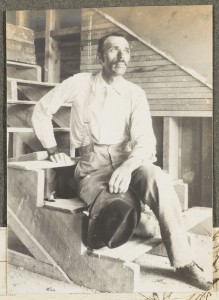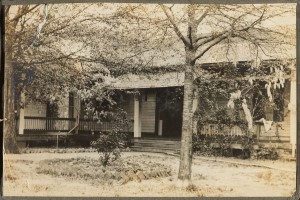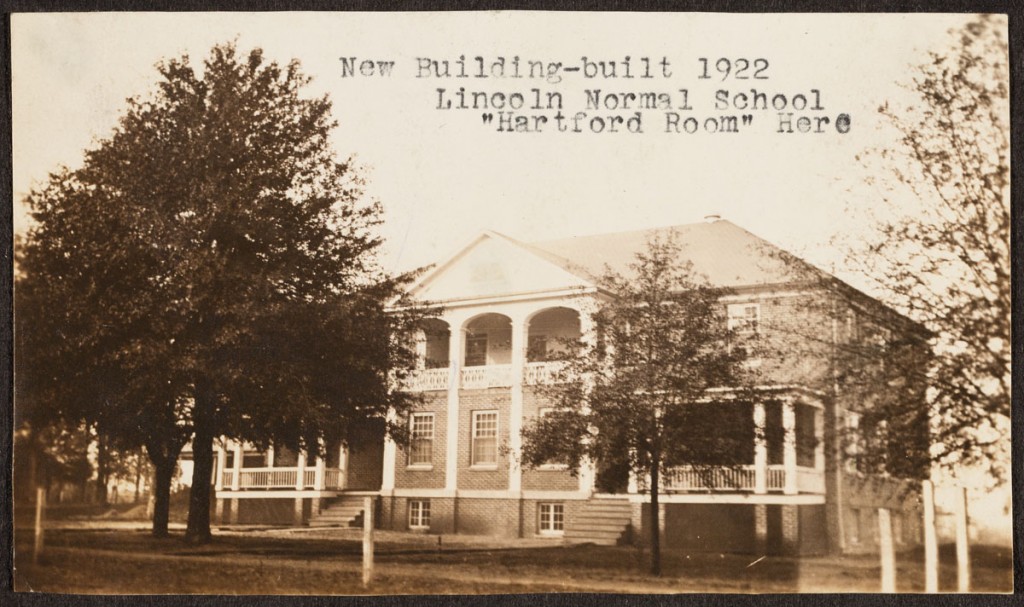Overview
The Lincoln Normal School in Marion, AL was among the first schools established for the education of freedmen after the Civil War. Popular legend locates the school’s inspiration in a former Union soldier who began to teach local African-American children to read immediately following the war. The school was incorporated in 1867 by a group of nine local African-American men, all former slaves, who acquired both a plot of land in the western part of Marion and the first school building. By 1868, the founders had secured the financial and administrative support of the American Missionary Association, an auxiliary of the Congregational Church that helped to establish and maintain over five hundred schools in the South during the Reconstruction era.
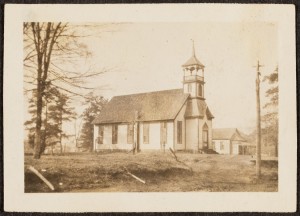
The Congregational Church on the Lincoln Normal School campus
In the over one hundred years of its existence,the Lincoln Normal School operated under several different forms. In its early years,it was a privately-operated school. Beginning in 1873, it was also associated with the publicly-run State Normal School (or Lincoln Normal University), which trained African-American teachers. After a fire destroyed the State Normal School in 1887, this section of the institution moved to Montgomery. It would later become Alabama State University, the first public Historically Black College (HBC) in the nation. The primary and secondary schools in Marion remained operational until 1970, and were publicly-funded after 1943.
Lincoln Normal struggled financially throughout its existence,but left an important intellectual legacy in the African-American community. In addition to laying the foundation for Alabama State, a university that currently trains more teachers than any other institution in the state, Lincoln Normal provided a progressive and innovative model of education for its younger students.This foundation encouraged the later pursuit of higher education: sociological research from the 1970s showed that of a group of 500 African-American PhD recipients, a disproportionate number had roots in Perry county, where the Lincoln Normal School had been a part of their family histories. Notable alumni include Coretta Scott King and her sister Edythe Scott Bagley; former federal judge William Hastie; and sociologist Andrew Billingsley.
The Lincoln Normal School Albums at the University of Alabama
The A.S. Williams III Americana Collection at the University of Alabama owns two captioned Lincoln Normal School photograph albums with images from about 1909- 1924. Both were likely kept by teachers at the school, and were bought as a set by the collector A.S. Williams from a Birmingham book dealer. In 2010, the University of Alabama acquired the albums as part of the Williams Collection donation, and they are stored with the rest of the collection on the third floor of Gorgas Library. As a pair they reflect key strengths in the Williams Collection, which has significant holdings in Alabama and African-American history.
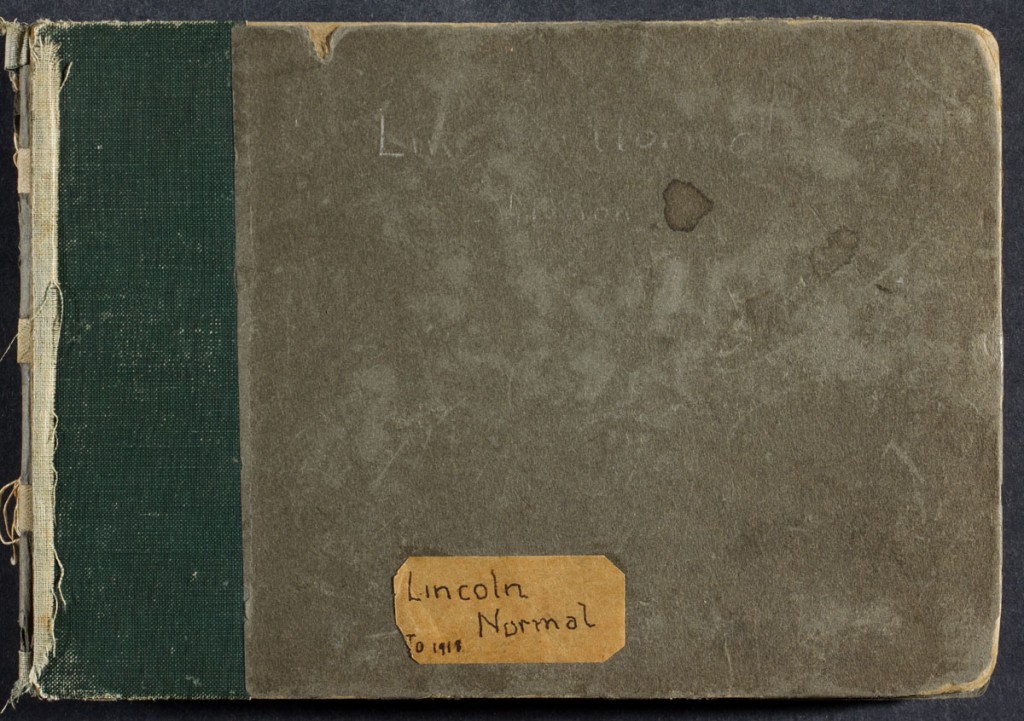
The first Lincoln Normal School albums, circa 1909-1918
Both albums document pivotal years in the history of a landmark Alabama institution. The first, which spans from as early as 1909 to 1918, includes rare pictures of the teachers’ quarters and “Miss Phillips,” or Mary Elizabeth Phillips, the influential principal who transformed Lincoln Normal during her 31-year tenure at the school from 1896 to 1927. The later album, with pictures from 1921 to 1924, includes photographs of this same principal and short transcriptions of songs from student performances. Both albums document the contemporary layout of the school’s buildings, none of which exist today. They show a balance of posed and informal pictures, offering researchers records of some of the prominent figures in the school’s history as well as snapshots from the everyday lives of students and instructors.
The Campus
The photo albums in the Williams Collection document a period of rapid expansion at the Lincoln Normal School. In 1896, the school consisted of one large barn. By 1922 it included two large classroom buildings, three student dormitories, teachers’ lodgings, a gymnasium, a laundry, a shop, a barn, and a forty-acre farm. The Lincoln Normal School albums both show the construction of new structures and demonstrate how students and teachers used these buildings in their daily lives. Captioned images include Forest Home and Woolworth Hall, both teachers’ lodgings; Von Wagenen Hall and Livingston Hall, classroom buildings; Phillips’ Hall, Hope Cottage, and Ranney Hall, all girls’ dormitories; Douglas Hall, the boys’ dormitory; the Store, where clothing donations from the AMA were sold; the Laundry; the Congregational Church; and the Gymnasium.
Forest Home, with its lavender wisteria trees along the back porch, is prominently featured in both LNS albums. Before it was purchased for use by the Lincoln Normal School, the building had been used as the headquarters of the local Ku Klux Klan, but was reappropriated by Lincoln Normal as a teachers’ residence. It was the first building to be added to the Lincoln campus after the Patterson Home, the school’s first instructional building. By the early twentieth century, additional lodgings for teachers had been built, but residing at the Forest Home may have been a particular honor. The first Williams album includes a large picture of Forest Home on its back cover and other smaller, hand-painted images. The later album includes two photos of Forest Home residents, both of which include the principal, Mary Elizabeth Phillips, among the group.
The most remarkable construction project in the school’s history also has a place in the Williams albums. In 1909, an outside contribution allowed for the construction of Van Wagenen Hall, a new classroom building. An image in the first album captioned “Mr. Davis working on Van Wagenen” shows the local carpenter Charles Davis, who also helped to build Douglas Hall, in a moment of rest on the building’s stairs. Other events surrounding the construction of Van Wagenen became legendary in the school’s history: before the building was finished, the school had used the initial $1000 donation for material and labor, and could not pay bricklayers to finish the construction. Phillips confronted the problem directly, taking a few days’ leave to train in the laying of bricks. Lincoln Normal School students completed the building with Phillips’ help and the guidance of a local mason. The line at which professional bricklayers left off and the apprentices began was said to be apparent from the outside of the building, though no shift is apparent in the photographs in the Williams Collection.
The later LNS album shows images from the construction and dedication of Woolworth Hall, a teacher’s residence that also housed the home economics classrooms. Begun by the end of 1922, Woolworth Hall was the first Lincoln Normal building to use architectural drawings, and the Williams’ photographs show its construction and unveiling to be significant events. Late construction images document the building of two stately front porches. A group portrait captioned “Guests at Dedication of Woolworth Hall” is taken at the steps of one of these portraits, and includes presidents and principles at local colleges and schools as well as a visitor from the New York office of the AMA.
